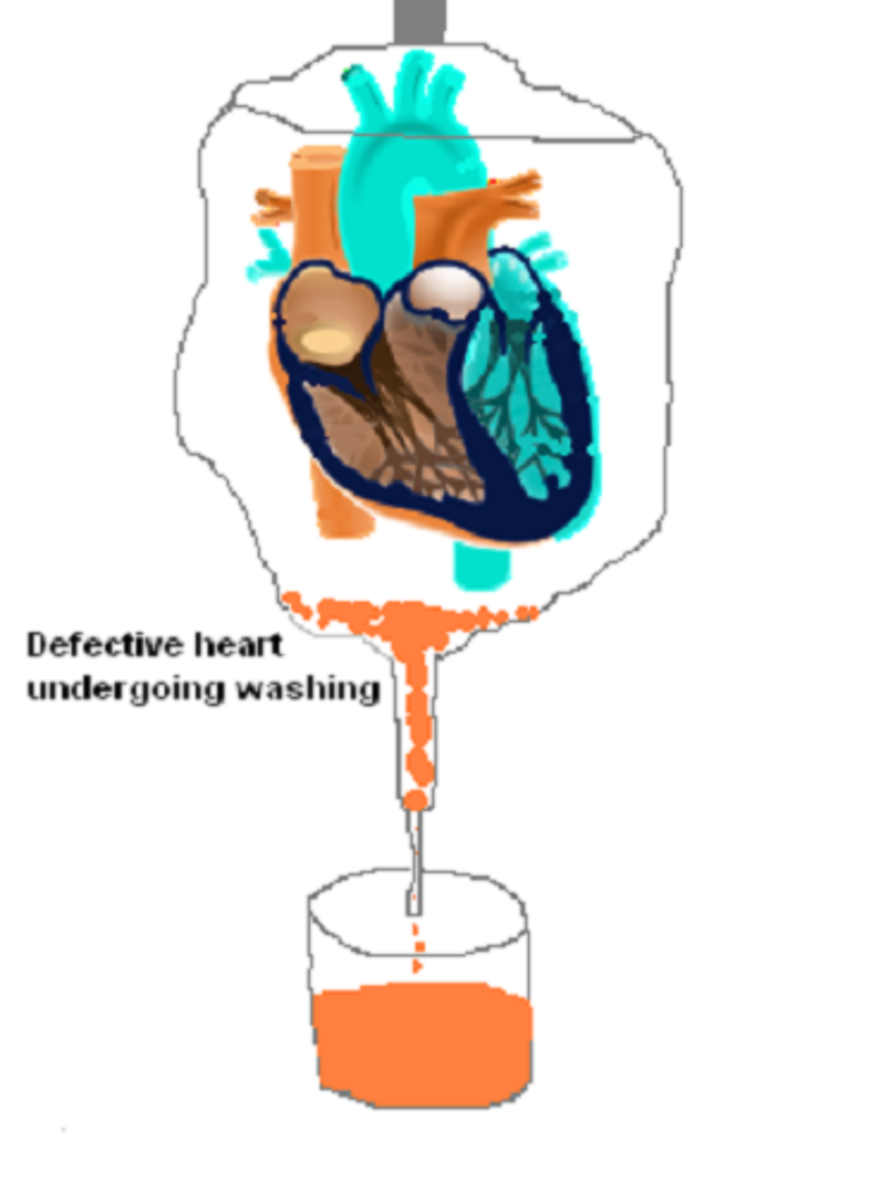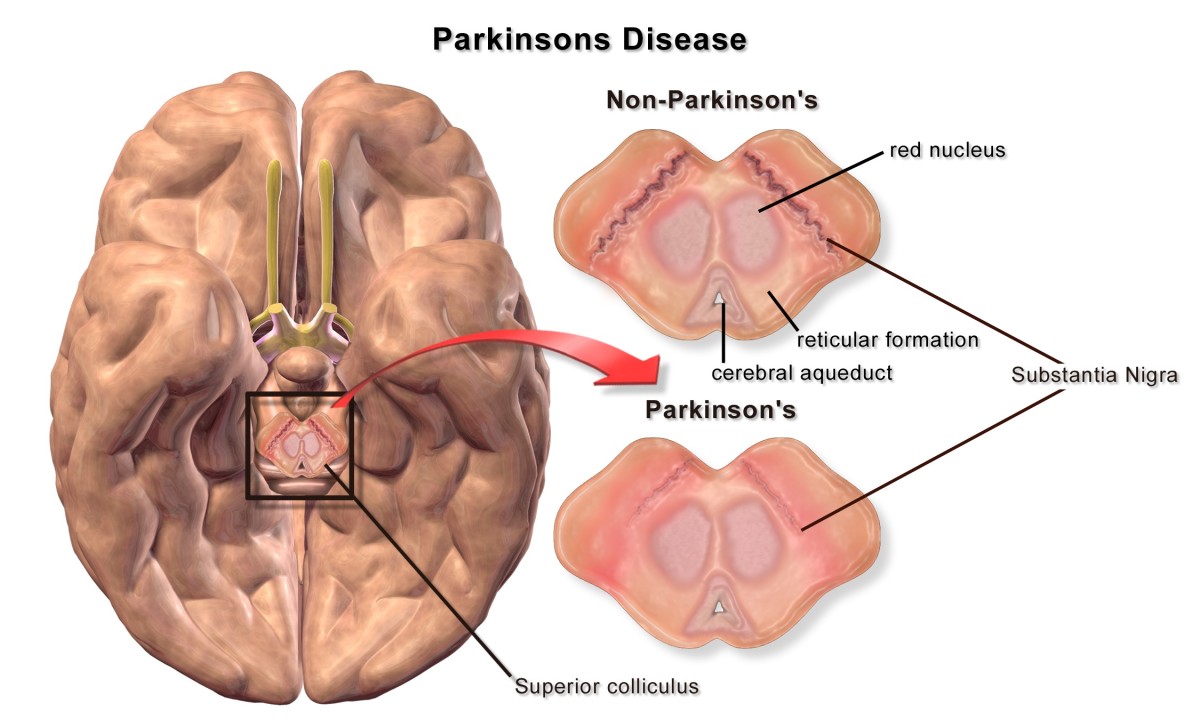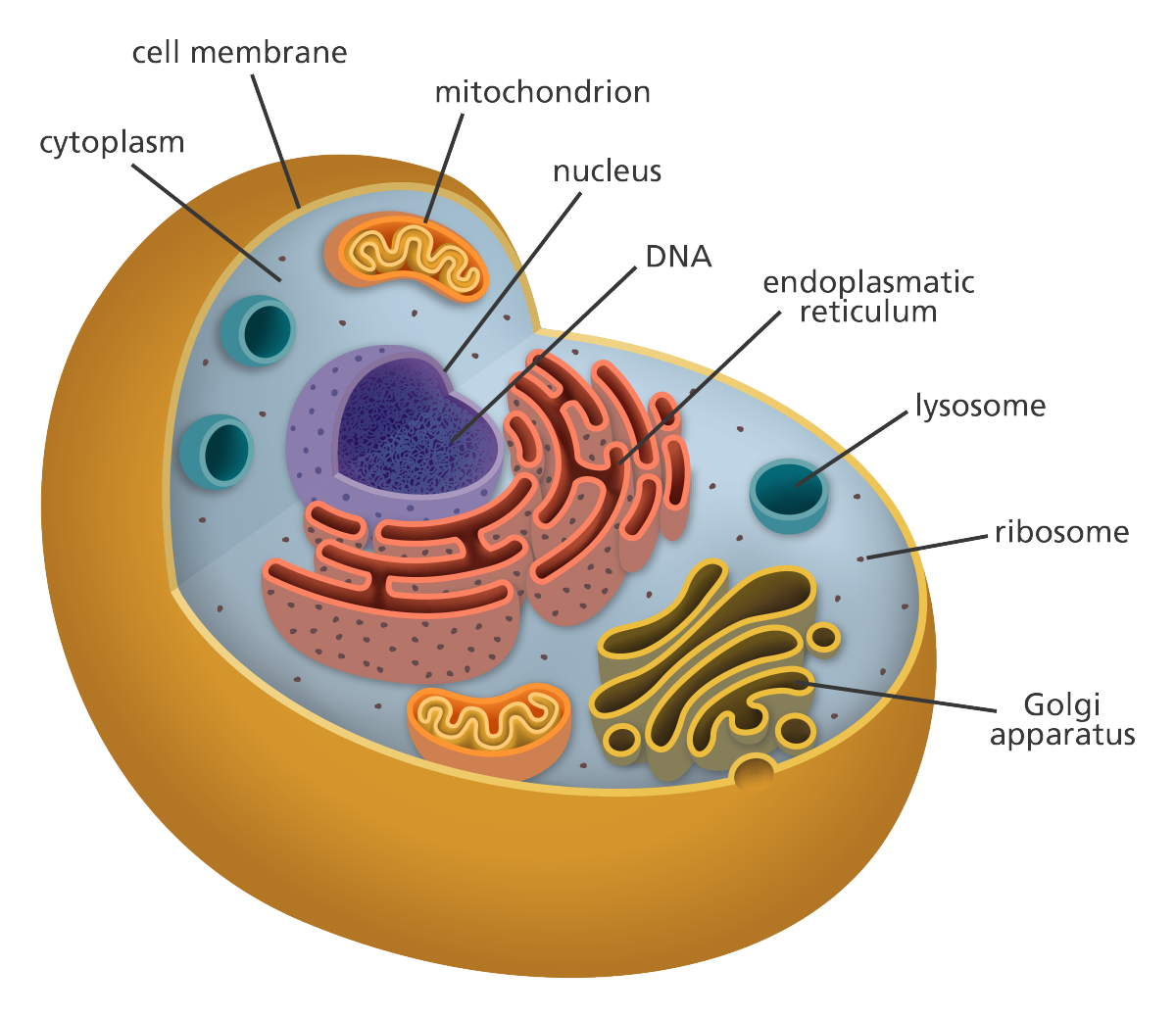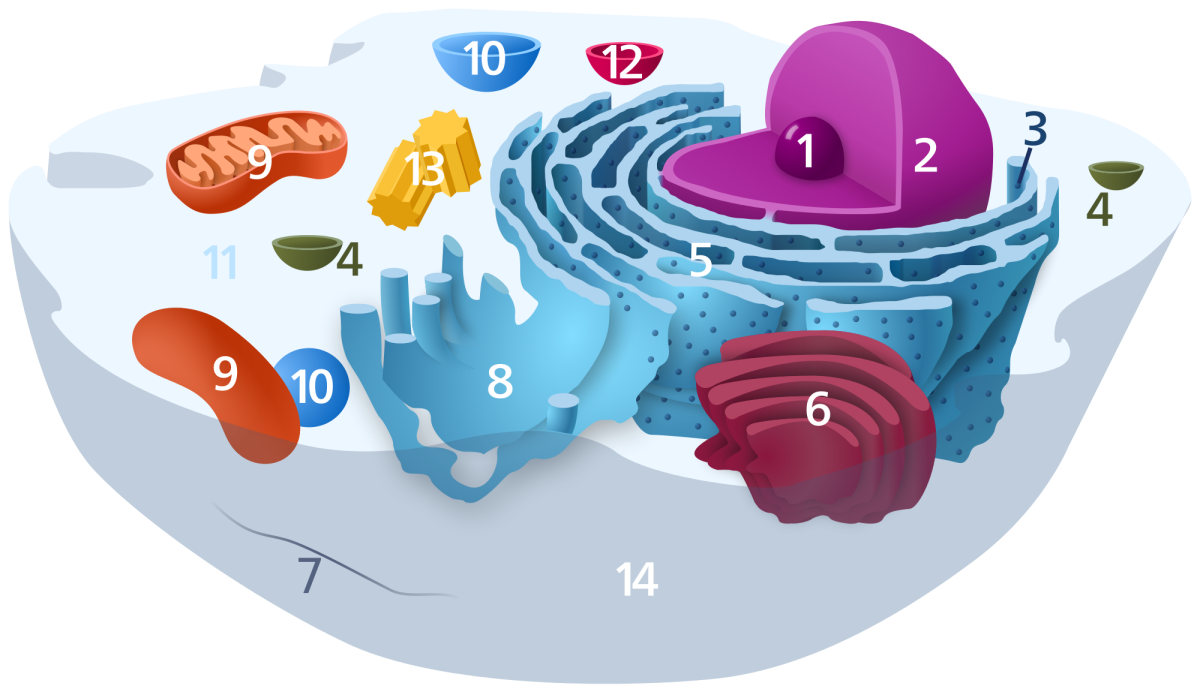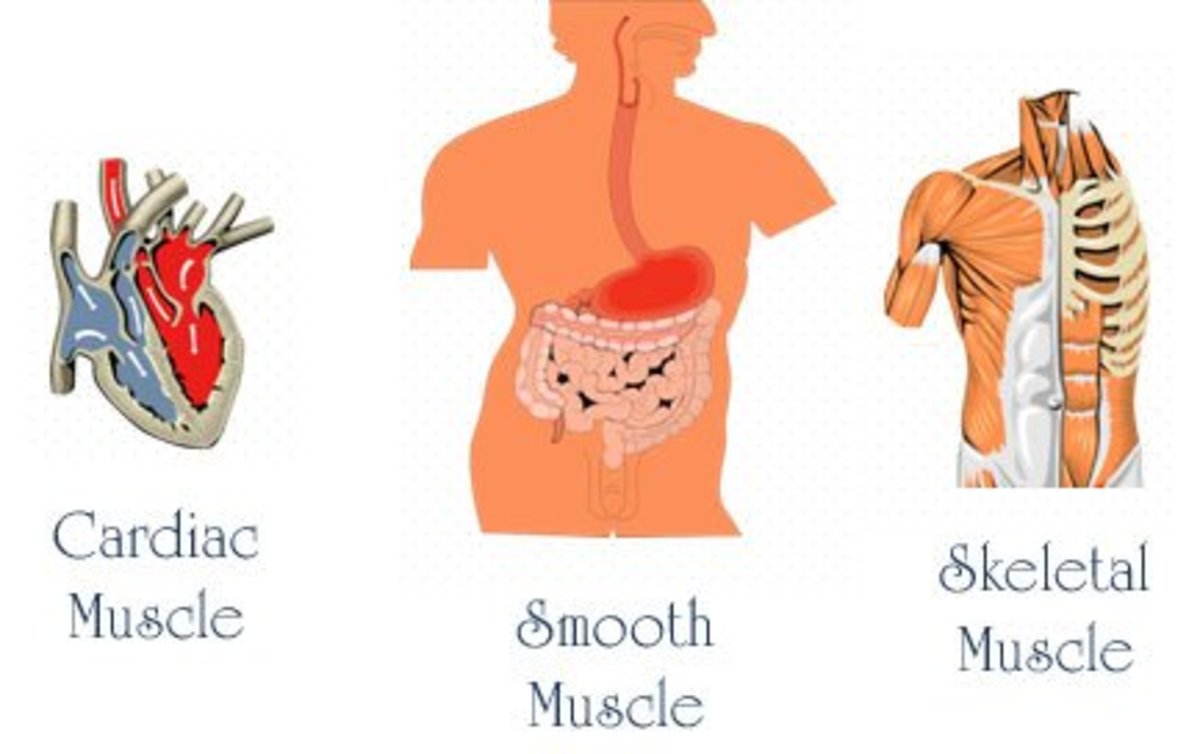How One Stem Cell Turns into a Human Being
Graphical presentation of growth and differentiation of stem cells
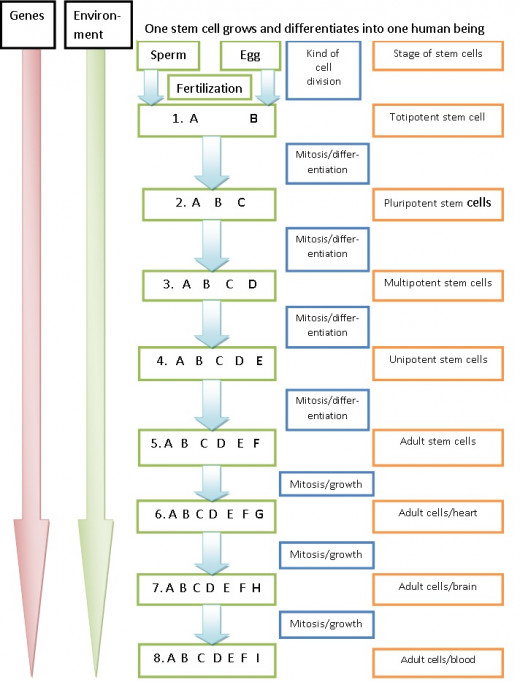
Sir John Gurdon, co-winner of Nobel Prize for medicine, stem cell research (photo from BBC news. Internet Nov. 15,2013)
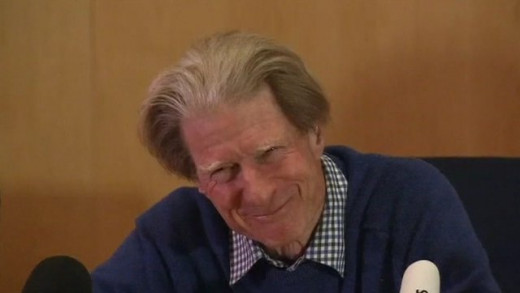
Shinya Yamanaka co-winner with Sir Gurdon of Nobel Prize for medicine, stem cell research (photo from BBC news. Internet. Nov. 15,2013)
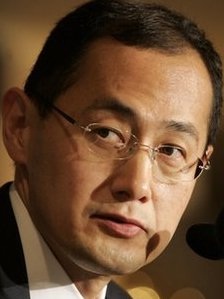
Graphical presentation of differentiation in stem cells
We know that one single human stem cell graduates into one multi-celled human being. How does that happen? We will explain that in layman’s language.
The union of the sperm and the egg, called fertilization, results in one stem cell, the zygote. From the zygote comes out the embryo. From the embryo comes out the fetus. From the fetus comes out the full term. From the full term comes out the baby, now born to the outside world.
The kind of stem cell differs from one stage to another. The zygote contains totipotent stem cells. From these, come out the pluripotent stem cells. From these come out the multipotent stem cells. From these come out the unipotent stem cells. From these come out the adult stem cells. From these come out the adult cells.
Cell division
In each stage there is growth and differentiation. Growth is by cell division or mitosis. One stem cell duplicates itself resulting in two daughter cells that are identical.
Normally, the zygote has 46 chromosomes, 23 had been contributed by the sperm; 23 by the egg. A chromosome is found inside the cell, particularly inside its nucleus. A chromosome is like a bean pod, comprised of seeds. Each seed is a gene. In the final stage of a human being, a gene or several genes control the production of organs like head, brain, eyes, ears, neck, mouth, lungs, heart, pancreas, and glands like pituitary gland, thyroid gland and many more. Genes, being inherited always have the potential to be expressed in the human being. However, how the genes are expressed can be influenced by the environment. For example, Juan has genes that have the potential to make him grow as tall as six feet. However, when he was a teenager he pumped water by hand in a deep well and carried heavy pails of water to their house. Such work made him grow to five feet and two inches tall only. Nutrition is an environment. Also lack of food or vitamins is an environment.
A human being has 3 trillion genes, according to the Human Genome Project. (Compare that with the virus that has only 5 to 10 genes). To repeat, one stem cell, the totipotent stem cell that constitutes the zygote has all the genes of the adult human being.
Differentiation enables one stem cell to graduate into one human being. Differentiation is a kind of cell division where the daughter cells are not identical to the mother cell, in terms of activation and suppression of the expressions of genes. Take a look at the diagram.
In the diagram, differentiation starts at the totipotent stage (zygote) and proceeds downward. The letters indicate genes.
You see two arrows at the left side, one indicates genes, the other indicates environment. Genes and environment influence the inside composition and the appearance of the human being. Each box indicates a stem cell. Each letter inside the box (stem cell) indicates a gene. We will not indicate all the genes of a human being; that is impracticable because there are 3 trillion genes. The letters serve only our purposes in this discussion.
Towards the right you find “sperm,” “egg,” and columns “kinds of cell division,” and “stage of stem cells.” Downward, cells are numbered 1 to 8. Numbering is just for convenience in discussion.
Gene activation
To recall, one gene or a group of genes controls the production of a tissue. The elements of a gene involved are DNA (deoxyribonucleic acid) and RNA (ribonucleic acid). The DNA contains the information code, like the plan of a building. The RNA transmits that code, like an engineer who supervises the carpenters in building a house.
There are givens in a human being. These givens are also called assumptions. We do not know whether they had been created, or they are results of evolution. However, we accept that they are here. We will not ask why they are so. We just accept that they are here.
The givens are genes, activation, polarization, design, and integrity.
There is activation of genes. To recall, there are 3 trillion of them. Not all of them are expressed, and if expressed, not at the same time. Gene expression can be traced backwards. say, from the color of the hair, like black. Suppose you find two genes you suspect of having control over black hair. You remove these two genes. Then the person grows white hairs. Your suspicion is true. Therefore, these two genes control black hair.
The first stem cell (totipotent stem cell) already contains all the 3 trillion genes. However, not all of them are activated. Some of them are suppressed.
"Recently, MRC scientists discovered that embryonic stem cells could develop into the many specialised cells that make up the human body because they keep their genes in a state that is ready for activation at a later stage" (UK pioneers in stem cell research. Internet. March 11,2014). .
(For brevity of discussion, let us make a short cut as follows. The premise is that a gene or a block of genes are expressed in the adult human being. For example, the genes HbA, Hba controls the production of sickle-shaped blood platelet that results in sickle-cell anemia. When we say a gene controls, the expression is either expressed or suppressed in the adult human being. If it is suppressed the potential of expression is always there. This has an implication in reprogramming of adult cells that will be explained below).
There are kinds of activation. One is switch-on-switch-off, like switching an electric bulb. This usually involves only one gene. Then there are translational induction and transciptional inductions. We will not go deeper into these. Suffice it to say that several genes or a block of genes are involved. For example, a block of genes are involved in the eyes, their shape, their color, shape of lens that give rise to near sightedness or far sightedness.
Not all genes are expressed, or seen in the human being. The expression of some genes are suppressed by other genes themselves or by the environment.
Let’s start analyzing this diagram
Genes influence the kind of hormone (like growth hormone), the kind of enzyme produced (like superoxide dismutase) and tissue formed (like that of an ear). Tissues make up an organ like skull, brain, eyes.
Now, fertilization forms one stem cell, #1, with genes A and B. At the left end is gene A, at the right is gene B. This stem cell is polarized, that is, one end is different from the other end (Salisbury, F. and Cleon W. Ross. Plant Physiology. 1976:272-289). When stem cell #1 undergoes division, it will result in cells with gene A activated for mitosis only and cells with genes B activated for differentiation only. That is, the daughter cells are not identical to the mother cell and they are not identical to each other in terms of activation. This is a demonstration of differentiation resulting in stem cell #2. As you can see in stem cell #2, gene C appears that shows it is activated for differentiation. Gene B is now suppressed in terms of differentiation; it is activated for mitosis.
To recall, a human being has 3 trillion genes. The appearance of gene C in stem cell #2 just indicates that more genes are activated that exert influence in the development of the human being. (We will explain later how environment affects the influence of genes).
The stage of stem cell #1 is totipotent stem cell; that of stem cell #2 is pluripotent stem cell. Each stem cell belongs in one kind of stem cell. Each adult cell belongs in one kind of adult cell (eyes, earlobes, heart, lungs, pancreas, kidney, liver, stomach, etc.)
All stem cells from #1 to #5 are polarized. That is, they produce daughter cells that are identical to the mother cell and daughter cells that are different from the mother cell in terms of activation. Polarization is given . We will not ask why this is so. It is an assumption that we will not prove in this discussion.
In stem cell #3 to 5 other genes become activated and exert their influence. In fact, more genes become activated that exert their influence. We only indicate these genes with one letter, say D, E and F. The reason is the impracticability of indicating each of thousands of genes being activated.
Mitosis and differentiation are going on all along. Mitosis produces reserve cells, as one purpose. It also makes for growth. Differentiation advances the development of stem cells into a human being.
Adult cells
Cell #6 is now an adult cell. It stops differentiating; a phenomenon that is given. It undergoes mitosis or growth only. It produces thousands of the same kind of cells. However, notice that it contains all the genes and an additional gene or group of genes indicated by G that control the production of cells that make up a tissue which make up an organ, say, heart. Cell #7 is another adult cell, with a group of genes indicated by H that produce several cells which make up an organ, say, brain. Cell #8 is another adult cell with a group of genes indicated by I that produce several cells which make up an organ, say, blood.
Other adult cells are activated that produce several cells of the same kind that make up other organs. These organs make up the whole human being.
These adult cells have shape and their number have limits. It is like a piece of china plate that if broken up into several pieces and if allowed to go randomly flying about, will form the same original china plate. Messages in the surfaces of their membranes join them up properly again, according to Salisbury and Ross. Several adult cells will form a skull, a brain, two eyes, two ears, one neck, one spinal cord, two hands, two lungs, one heart, two kidneys, one liver, one pancreas. And so forth and so on, finally join together according to a design.
Design is also given. Design is shown by an atom. A molecule, comprised of many atoms, is multidimensional, joined together by hydrogen bond (like water), or ionic bond (like salt) or covalent bond. The shape of eyes or ear is a design. The whole human being is a design.
Reprogramming
The natural development of stem cells is from totipotent stem cells to adult cells. However, one adult cell has all the genes that when reprogrammed will form pluripotent stem cells.
Reprogramming is artificial. This was done by Sir John Gurdon and Shinya Yamanaka. Sir Gurdon reprogrammed stem cells from the intestines of a frog. Yamanaka reprogrammed adult cells (skin) and produced pluritopent stem cells in 2006.
To a small part of adult skin cells being grown in petri dish, the genes Oct4, Sox2, Klf44, and c-Myc were added. These adult skin cells produced pluripotent stem cells. These four genes are activators.
In 2007, other researchers used lines of these genes: Oct3/4, Sox1/2/3/15/18, Klf1/2/4/5 and Nanog. c-Myc was dropped because it was found that it is a proto-oncogene which promotes cancer, according to Prof. Jill Helms, a stem cell researcher at Stanford University, California, USA.
Other activators have been found, like Wnt, a protein from a fruit fly that produces only one wing.
Stem cell therapy
Suppose your one ear had been cut off by accident. A part of your skin can be reprogrammed to grow a new ear. The ear results from the differentiation of adult stem cells that contain all the genes that control the growth of an ear. That is, the skin cell has the genes of an ear. Integrity makes the genes aware that one part of the body is missing like the ear. These genes are called caretaker genes that control the number of genes or cells that make up a tissue. Caretaker genes insure, for example, that a normal human being always has 46 chromosomes (Cummings, M. Human Heredity, Principles and Issues. 2009). For another, they insure that a hand has five fingers. They insure that the missing ear is regrown.
That is called stem cell therapy. Reprogramming reactivates the genes that control the growth of bones. For example, Wnt. It is a protein discovered in fruit fly. When injected to a person suffering from bone injury, the bone heals very fast, according to Prof. Helms. The human body does not reject Wnt.
Well, we have been discussing stem cells, growth and differentiation in simple language. In the laboratory complex things are done. And stem cell therapy is complex. But the result is the same. A damaged organ can be repaired by stem cell therapy. Another discussion is needed to show stem cell therapy.
Stem cell therapy is primarily reactivation of genes. Reactivation can be done by genes of multi-celled organism like plants and animals. it can be done by nutrition. Ensuring absence of environmental factors that affect genes is another aspect of stem cell therapy. Free radicals (ozone, singlet oxygen, hydroxyl radical) and reactive oxygen species (hydrogen peroxide, peroxynitrite, lipid peroxide) are among the environmental factors in the molecular level. These can be neutralized or sequestered by antioxidants like vitamin A, C, E, B-complex and EDTA (ethylene-diamine-tetra-acetate).
Environment
The effect of genes that have been inherited can be influenced by environment. Influence can occur in the organ level or in molecular level.
Let's take an environment factor that exerts an influence in the molecular level: hydroxyl radical. This makes changes (mutates) the Sod1 gene that controls one enzyme (copper/manganese superoxide dismutase) of the mitochondria, the energy factory of the body. The effect is deterioration of nerves that control muscles resulting in motor neuron disease also called amyotrophic lateral sclerosis also called Lou Gehrig's disease. However, the brain is intact. Another discussion is needed to explain how environment stops or lessens or distorts the expression of a gene or a group of genes.
Revised stem cell-organism theory
Based on the above discussion we are revising a theory forwarded earlier, thus:
"A trigger induces a stem cell to differentiate into a multi-celled organism."
This is revised into:
"An activator induces a stem cell to differentiate into a human being."
Let us confine our discussion to a human being to simplify. Now, we must add one proposition to the theory, thus:
"An activator induces a stem cell and an adult cell to divide."
In these two propositions, design and integrity are assumed.
This last proposition takes care of the multiplication of stem cells in all stages of stem cells like totipotent stem cells, pluripotent stem cells, multipotent stem cells, unipotent stem cells and adult stem cells. It also takes care of the multiplication of adult cells.
The activator does not add genes in the sense that the normal number, being 46, becomes 47. (However, an abnormality can occur like the Down's syndrome where there is one extra chromosome. My apologies to those so afflicted.)
A replacement of gene does not constitute an addition of gene or addition of chromosome. Take the replacement of the abnormal gene that causes sickle cell anemia. The normal genes of hemoglobin are HbA,HbA that makes the blood platelets round, the abnormal genes are HbA,Hba that make platelets sickle-shaped resulting in anemia (Cummings, M. Human Heredity, Principles and Issue. 2009). By means of recombinant DNA, a tool used in stem cell therapy, Hba is replaced with the normal gene HbA restoring normality in the person.
An activator only activates a hitherto dormant or suppressed gene. That is why a nutritional supplement from plant can be an activator. it explains why Wnt from fruit fly accelerates the healing of an injured bone.
Copyright 2013 by Conrado Fontanilla



